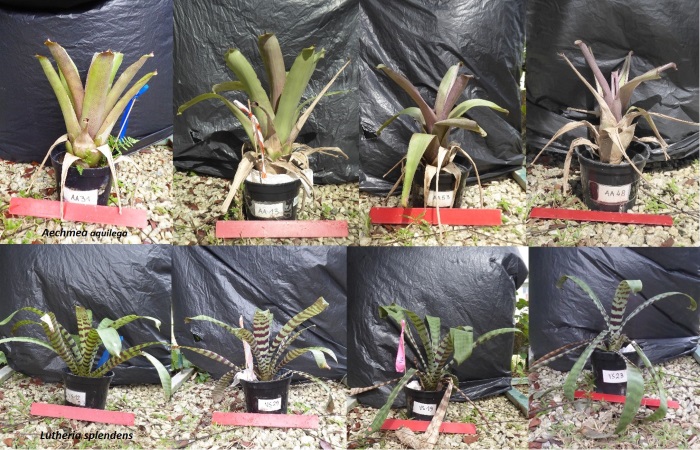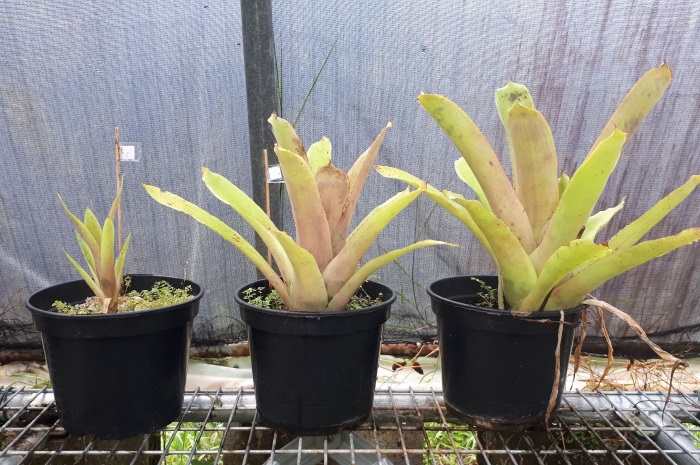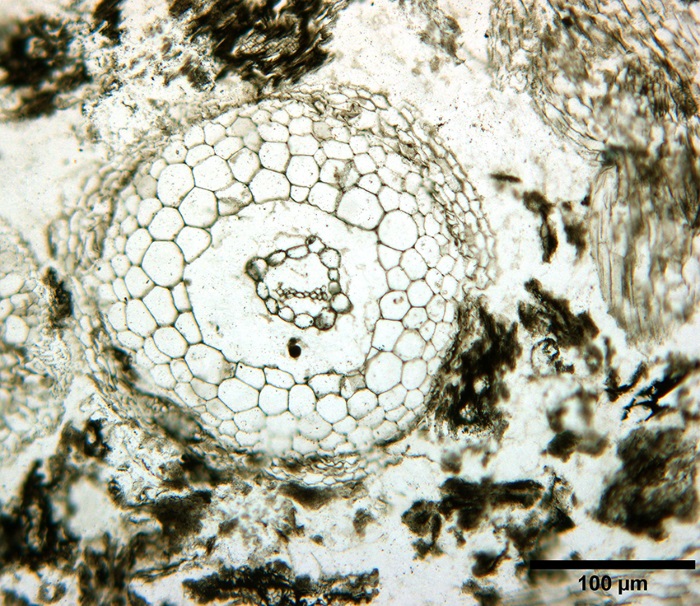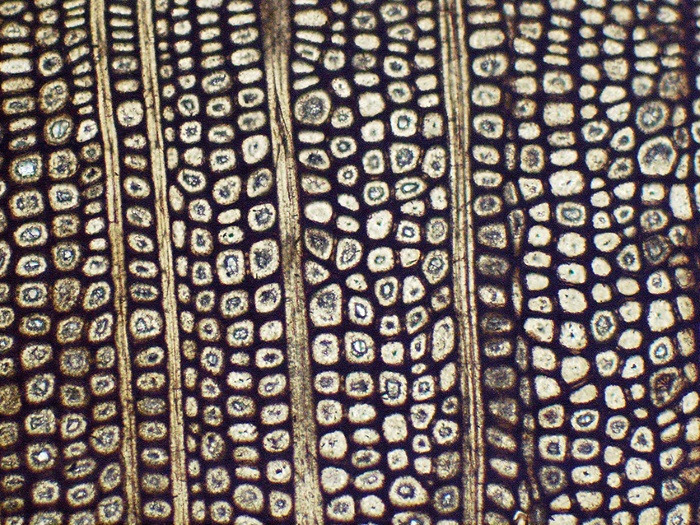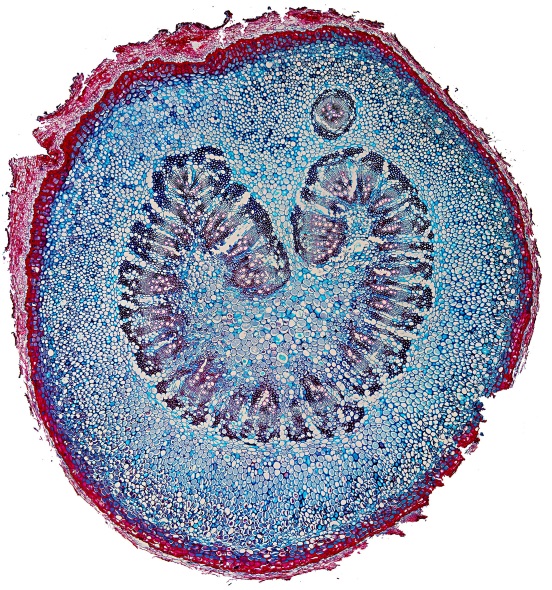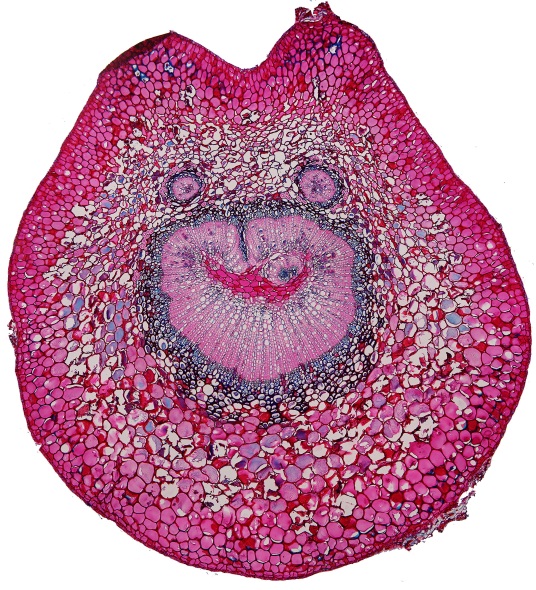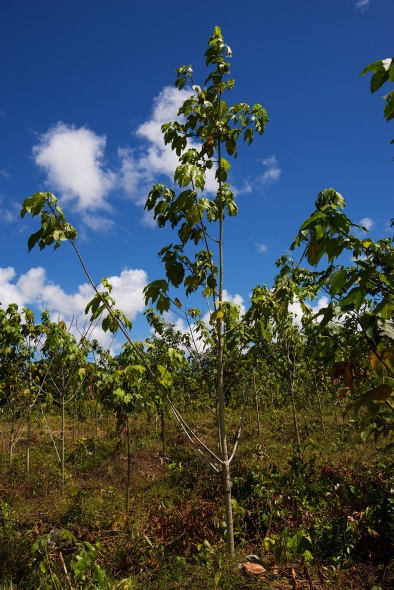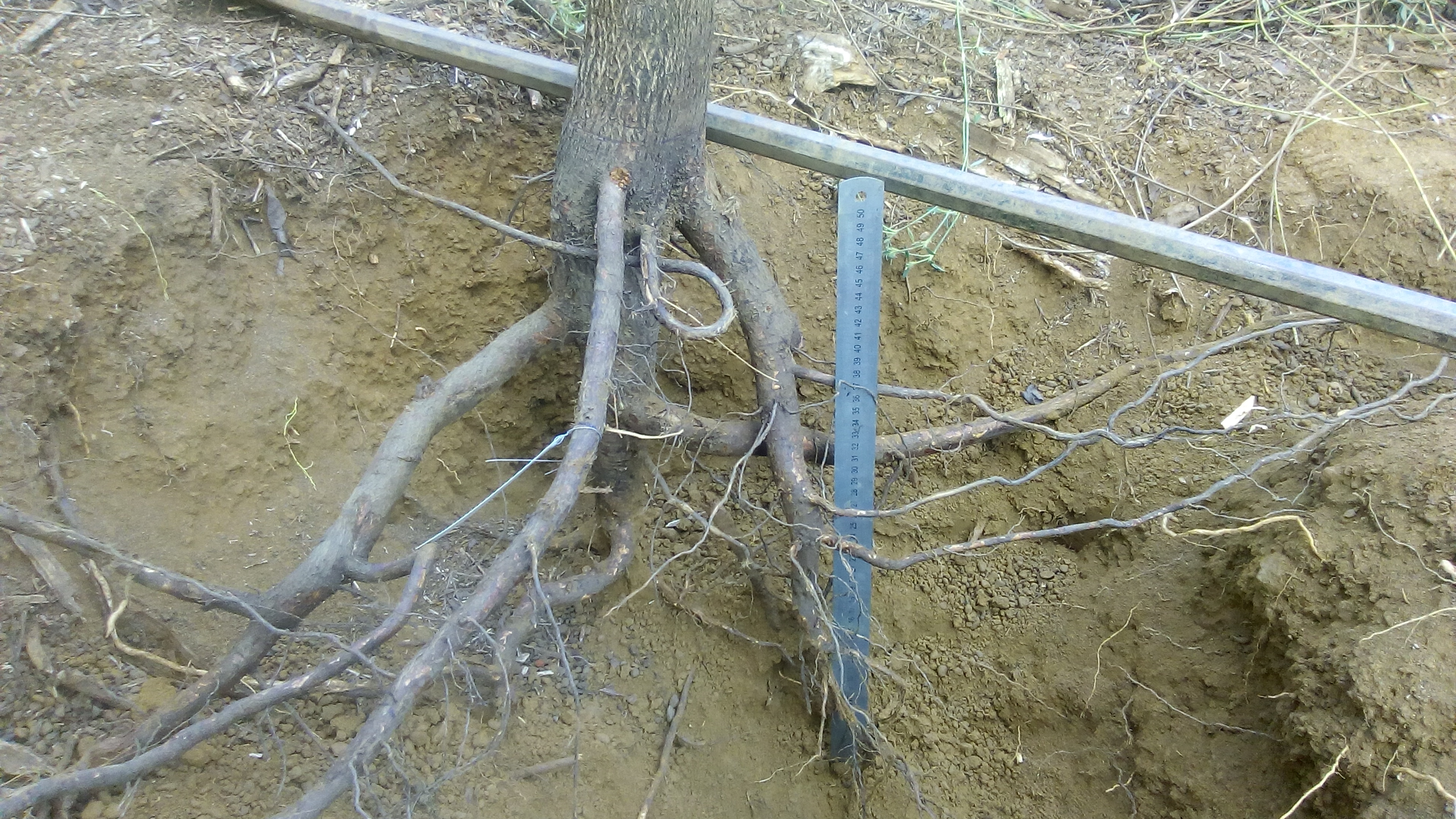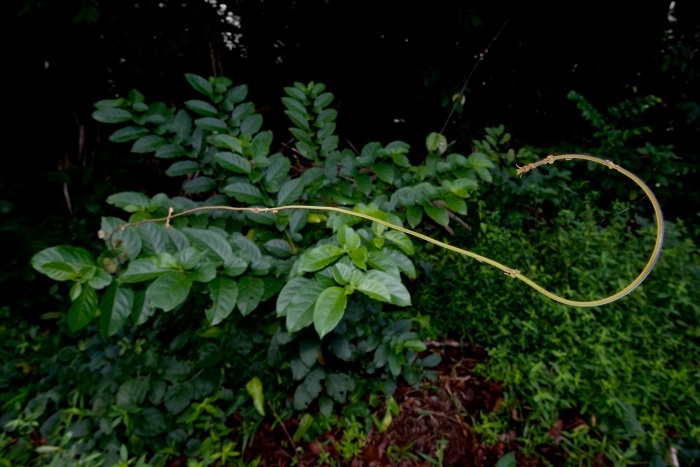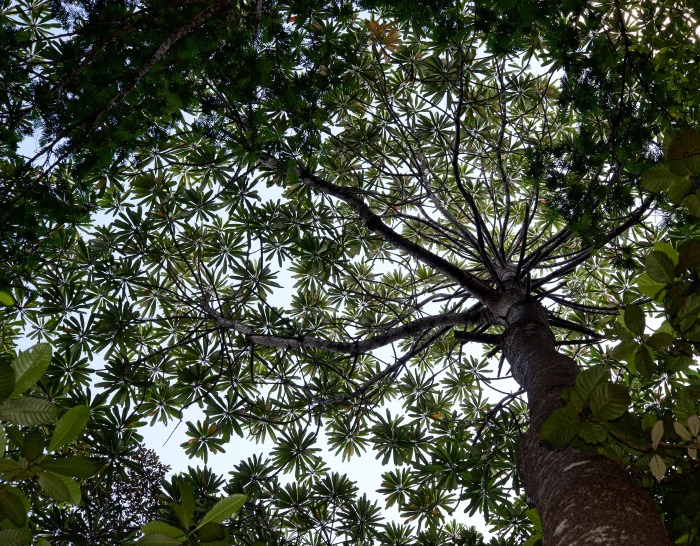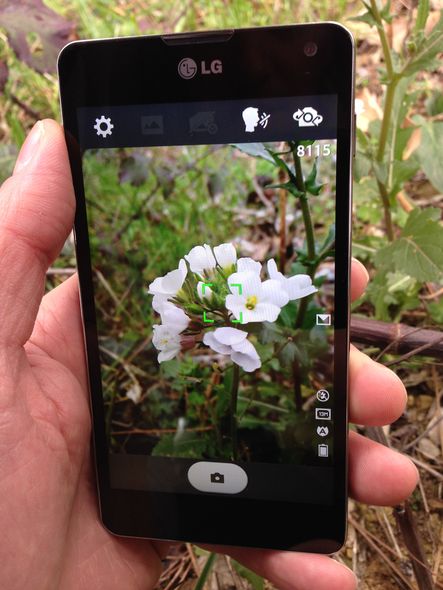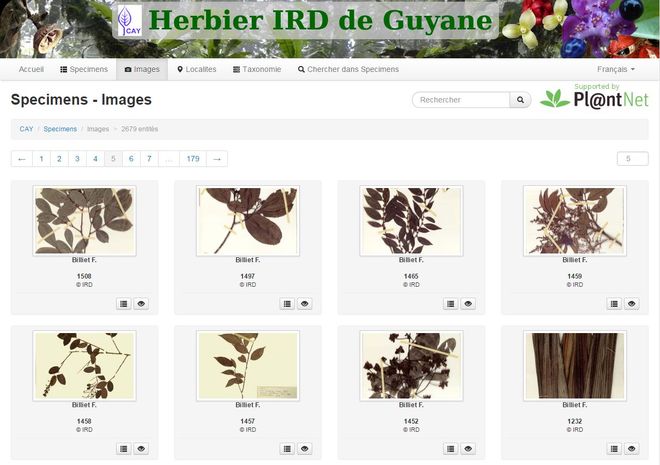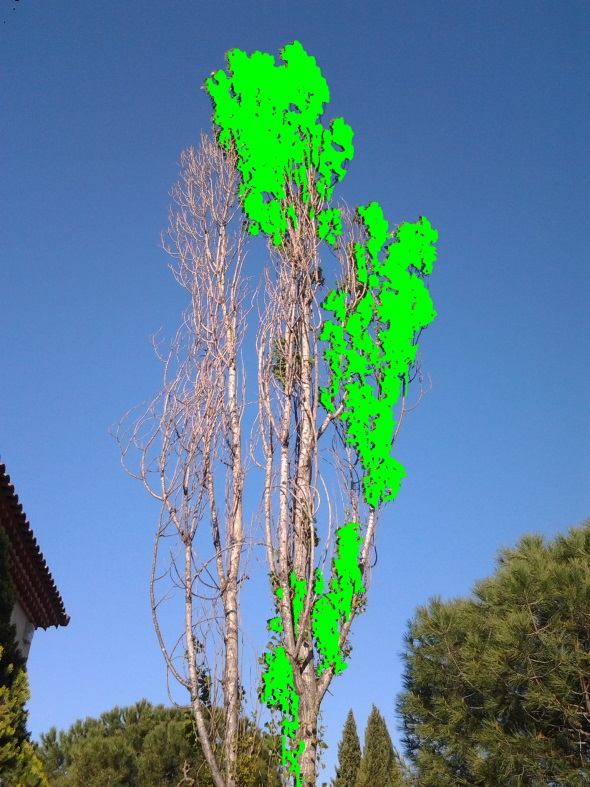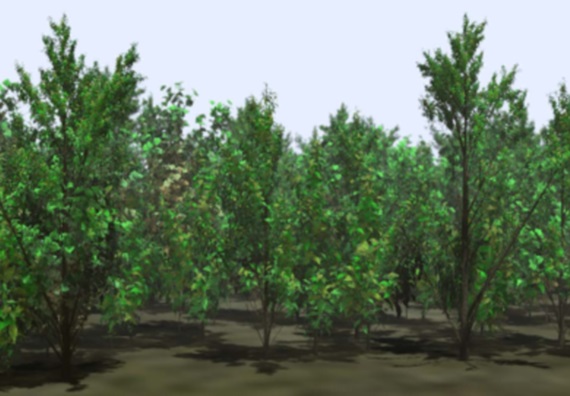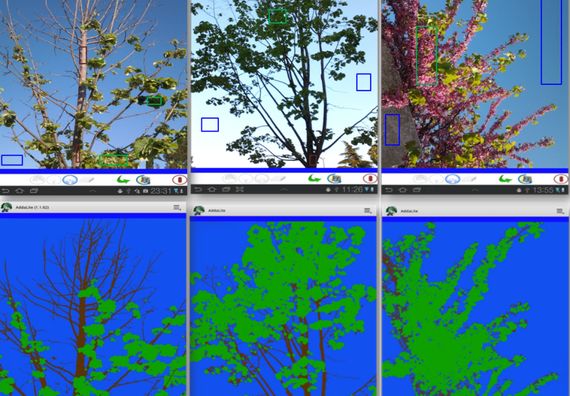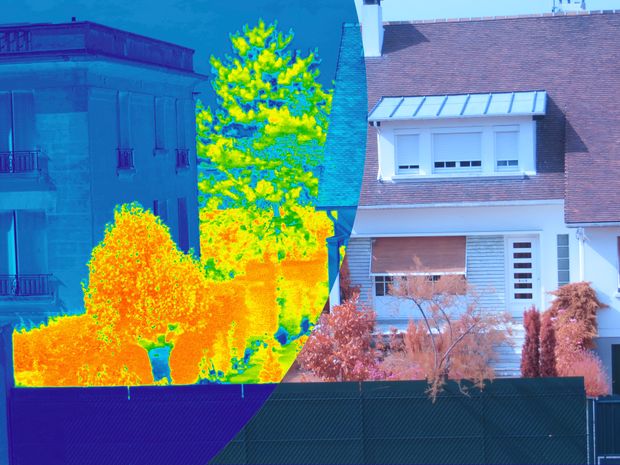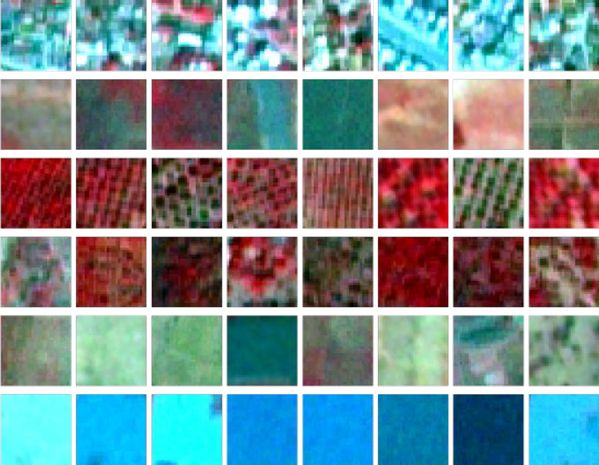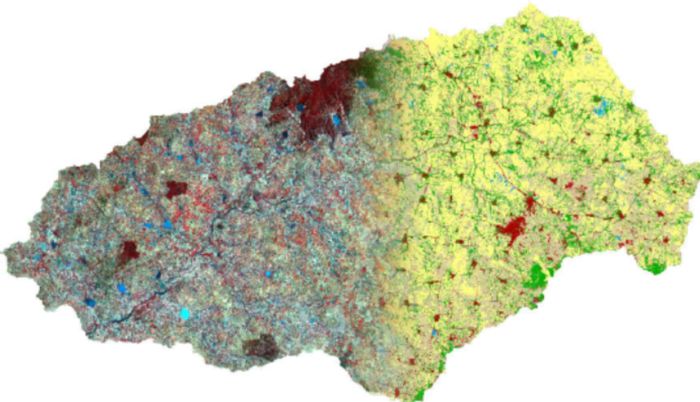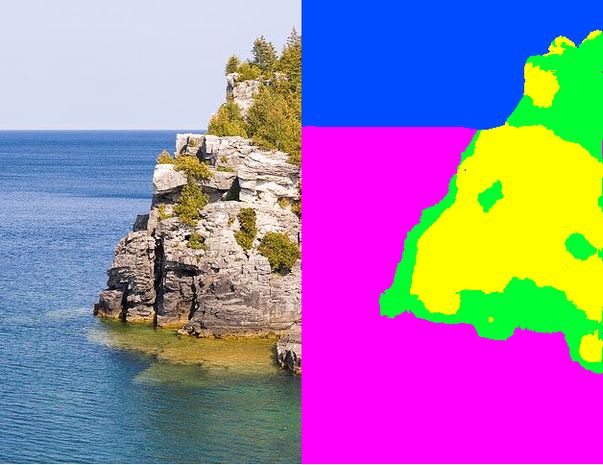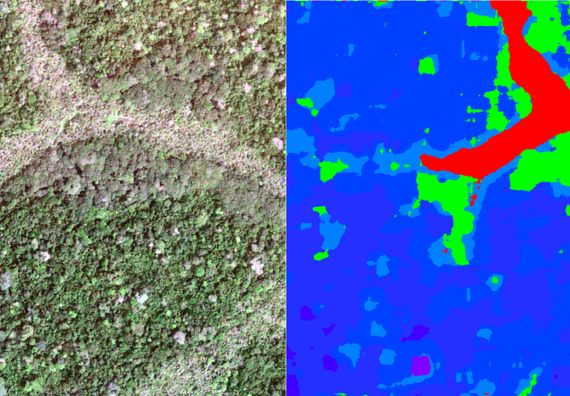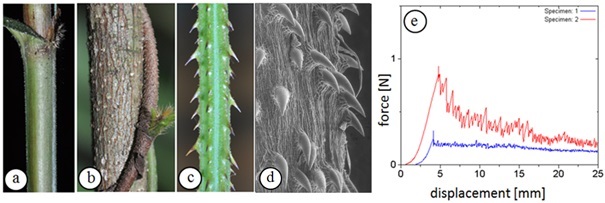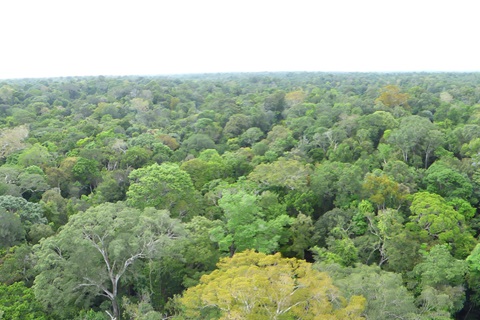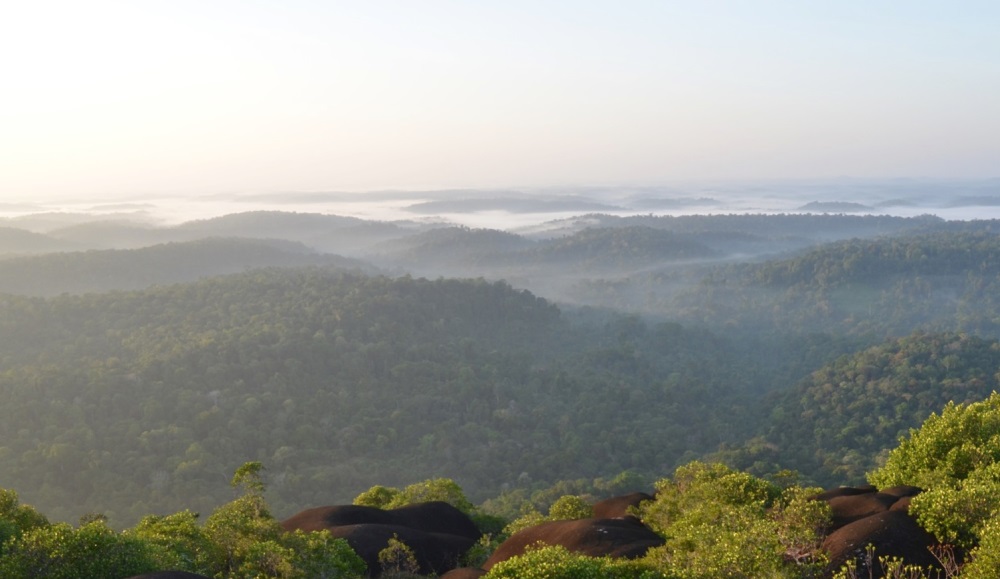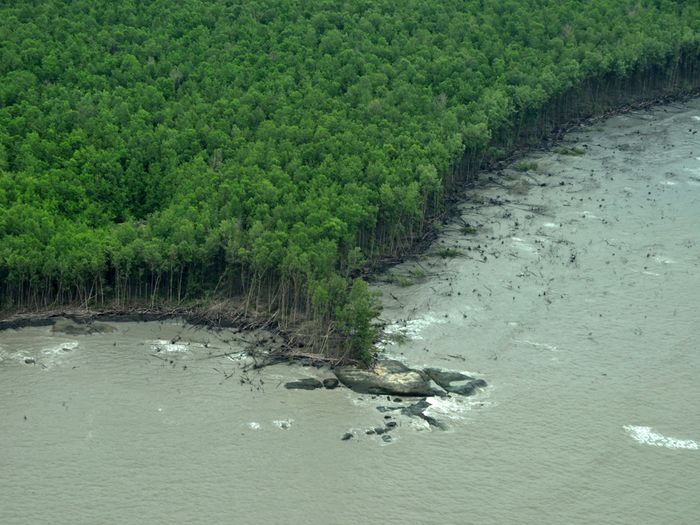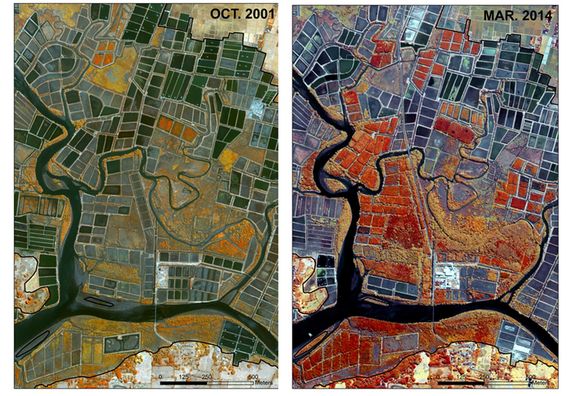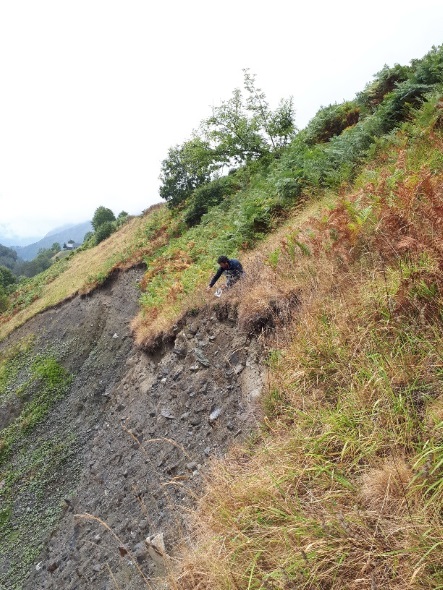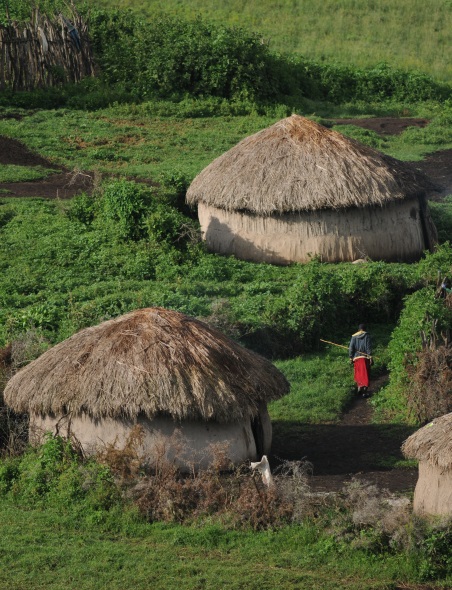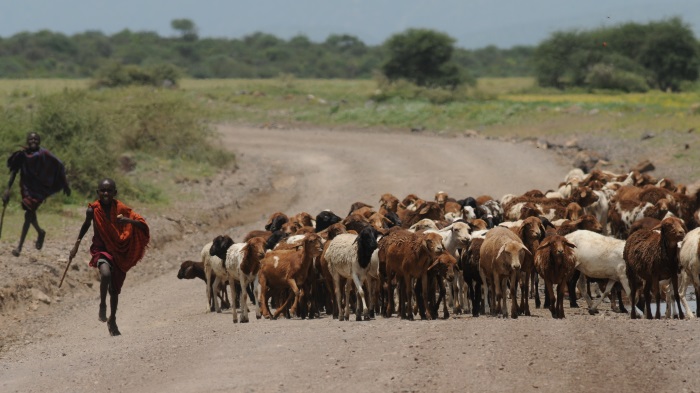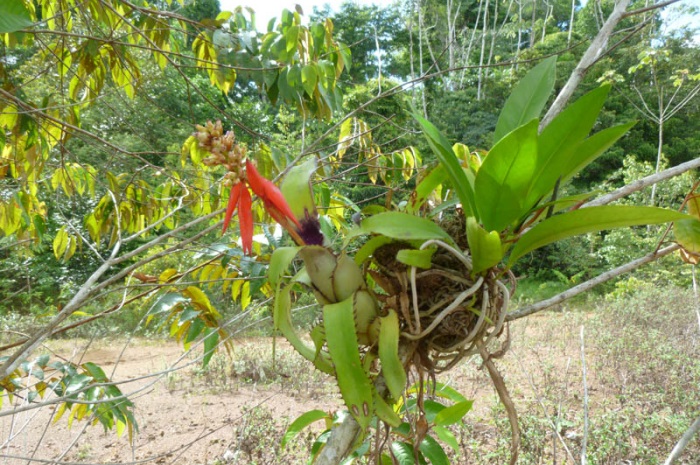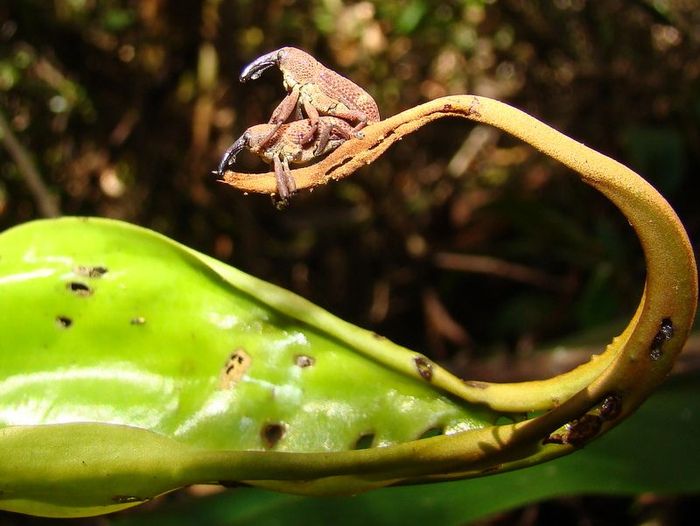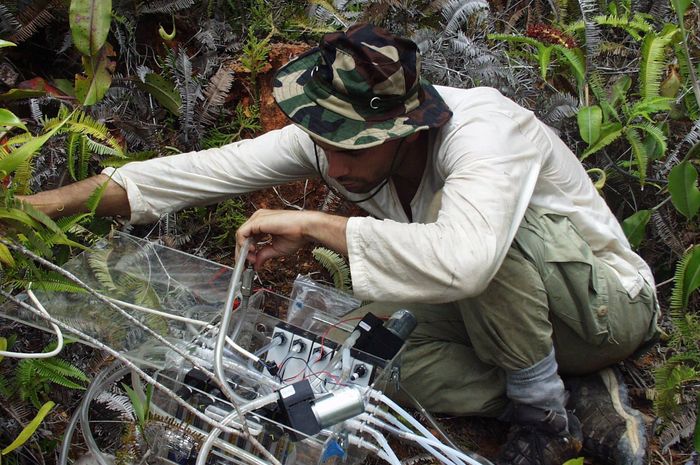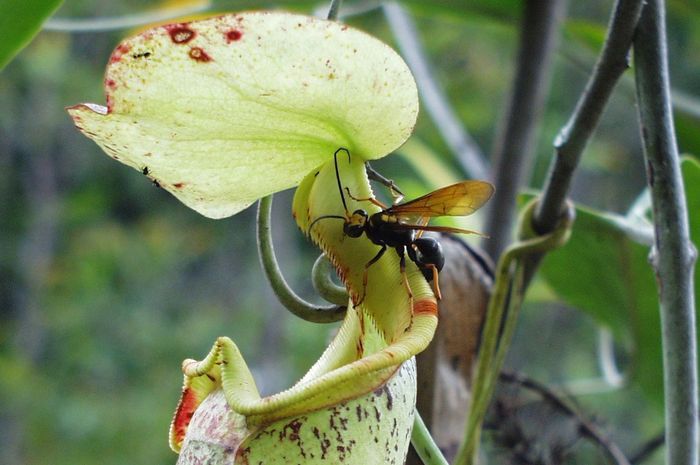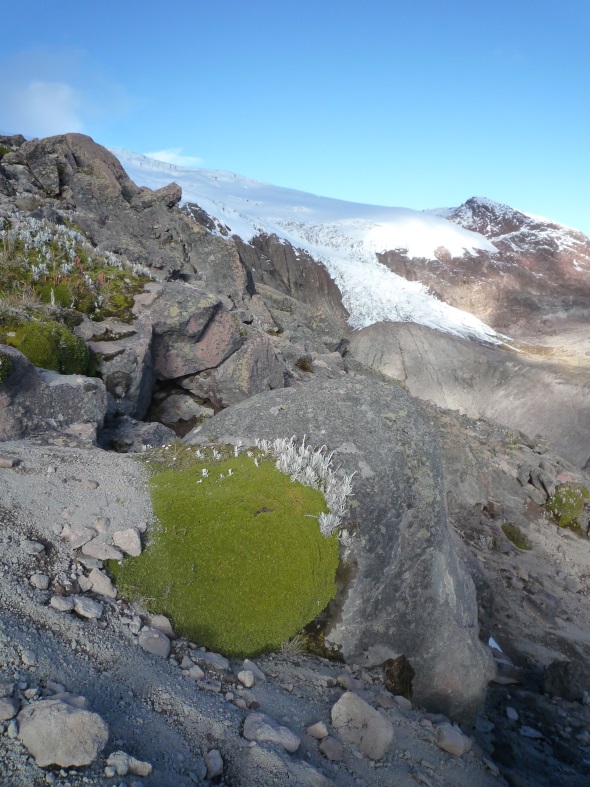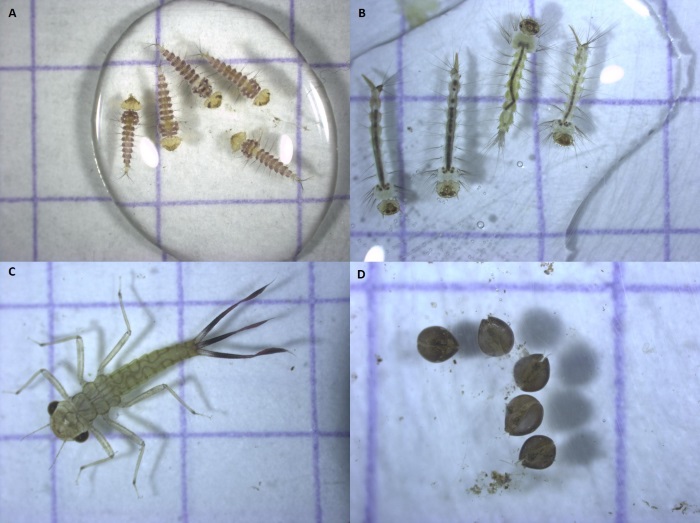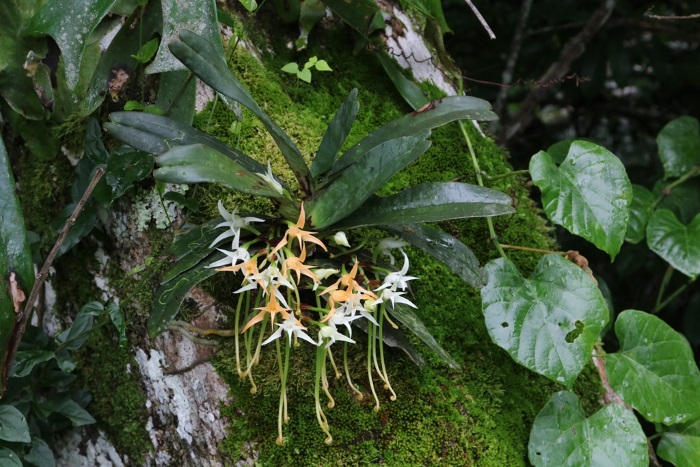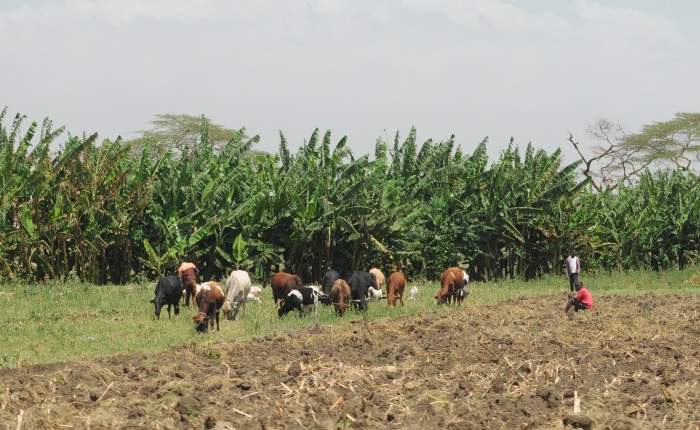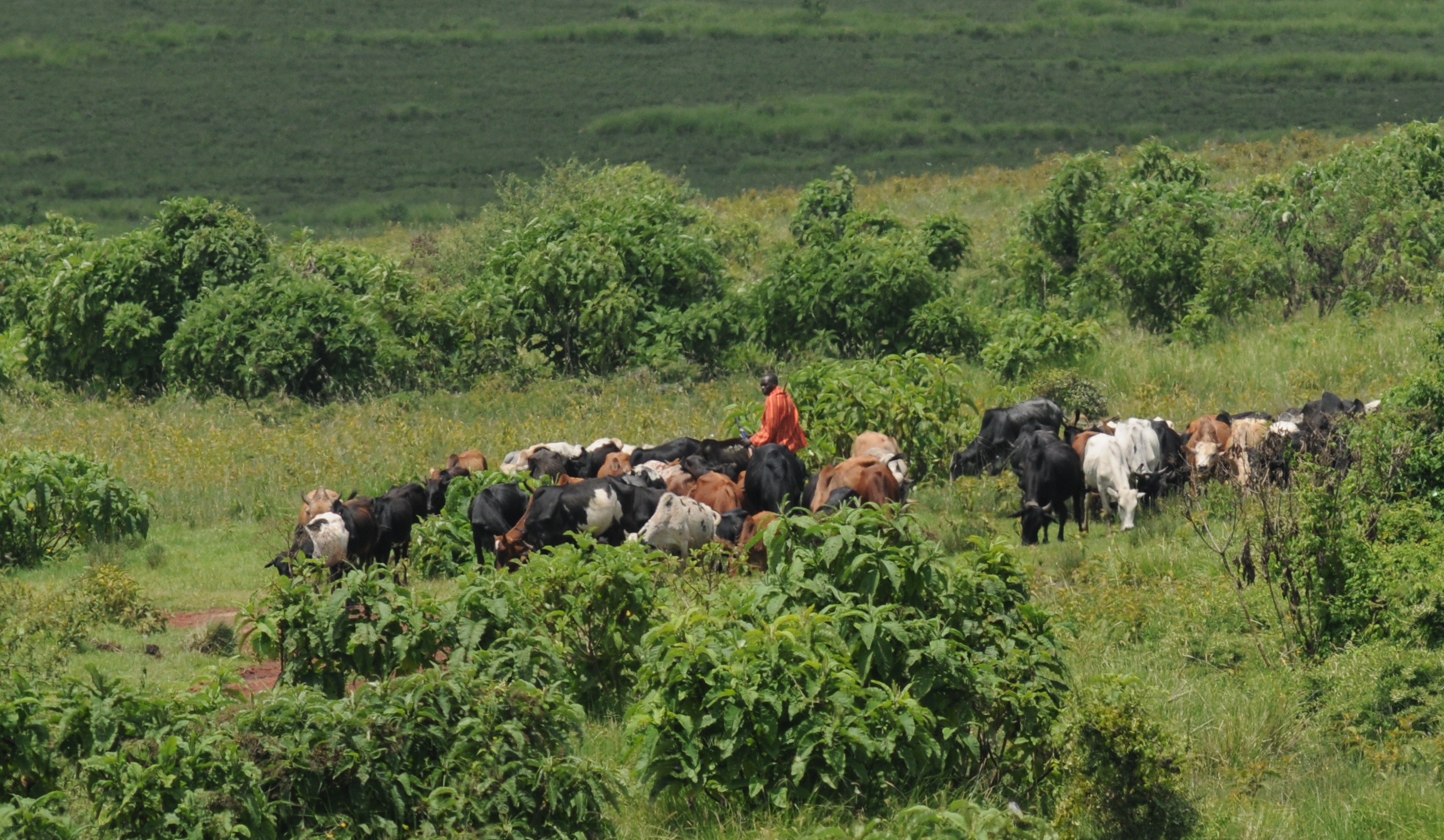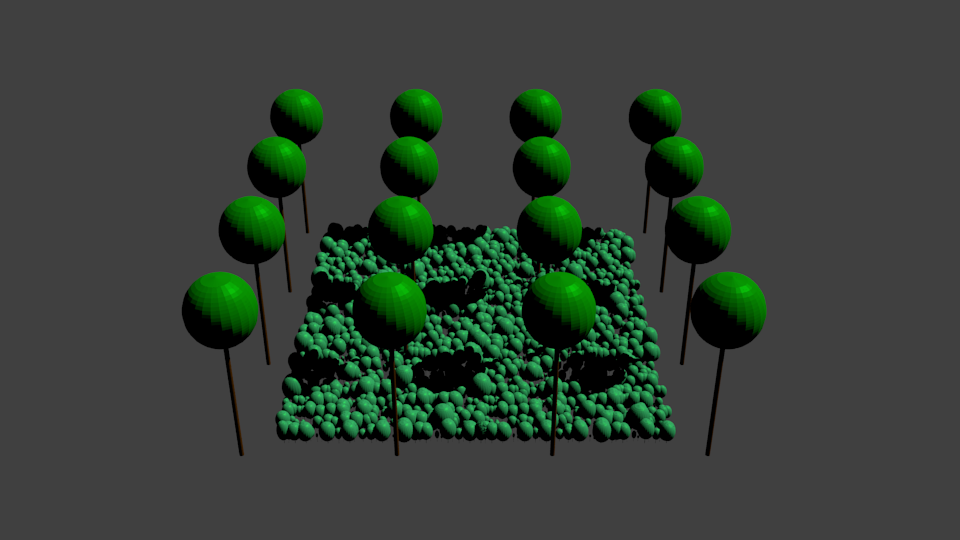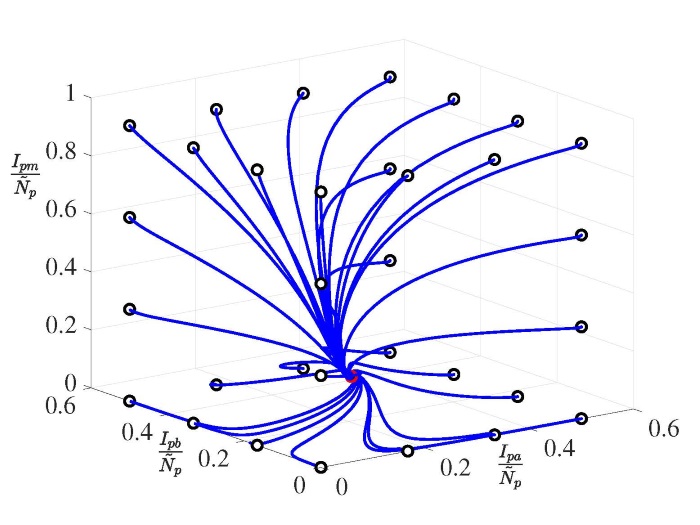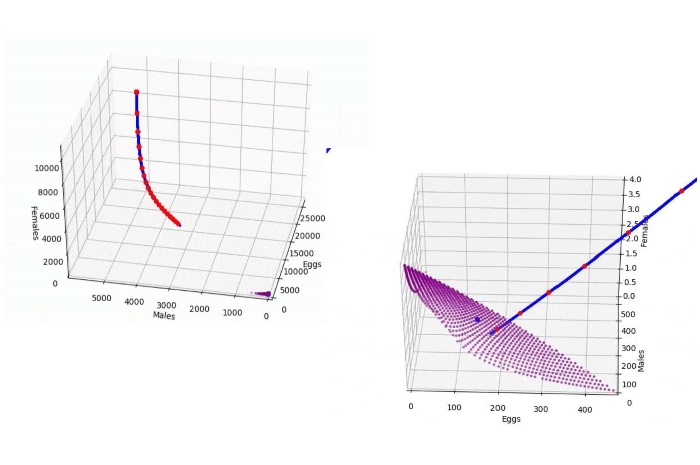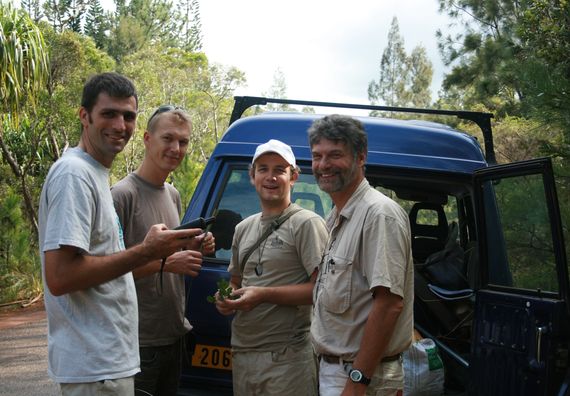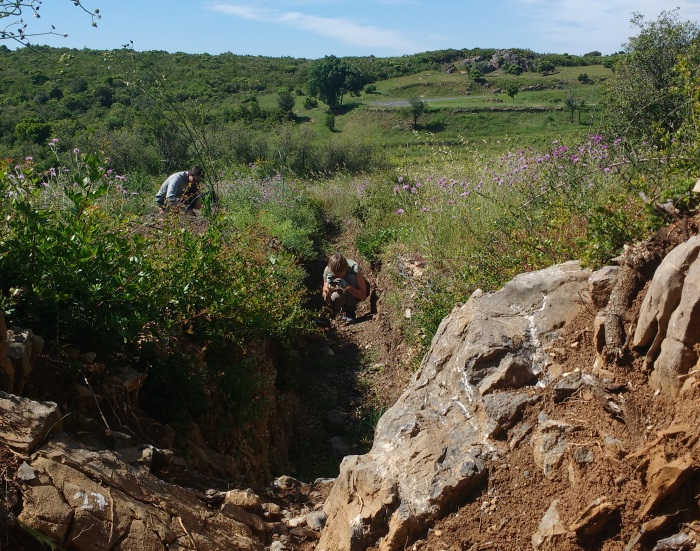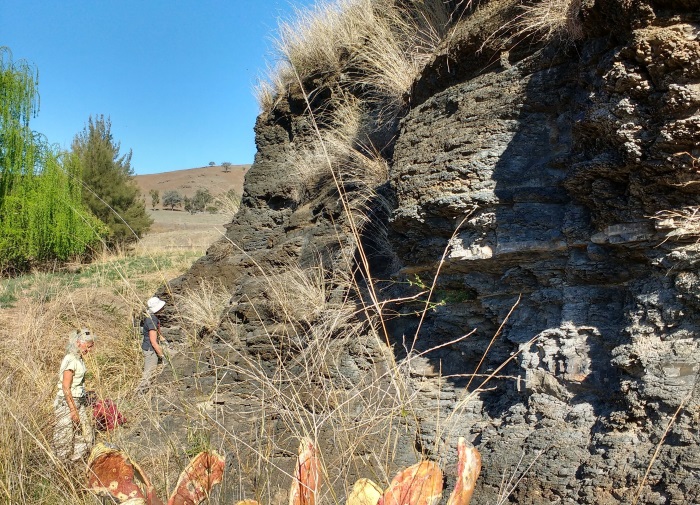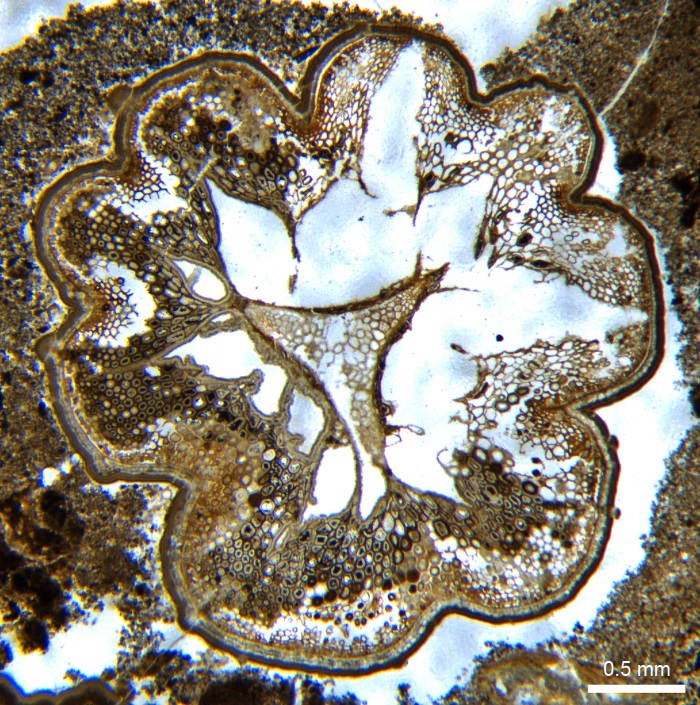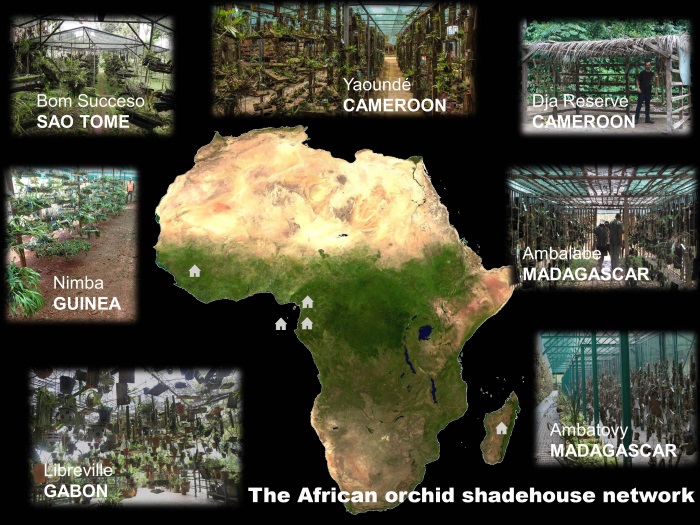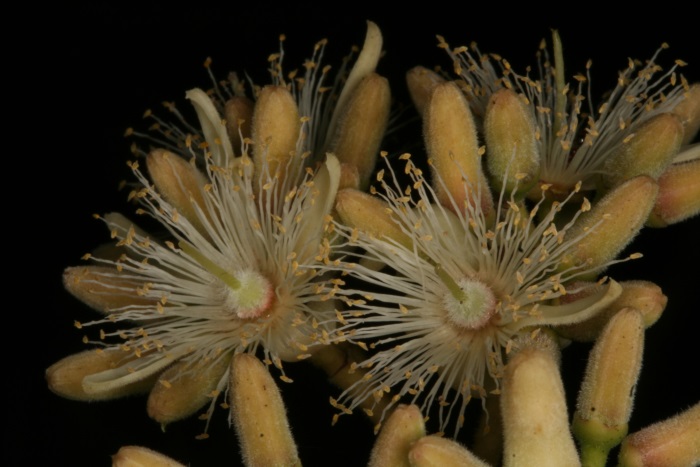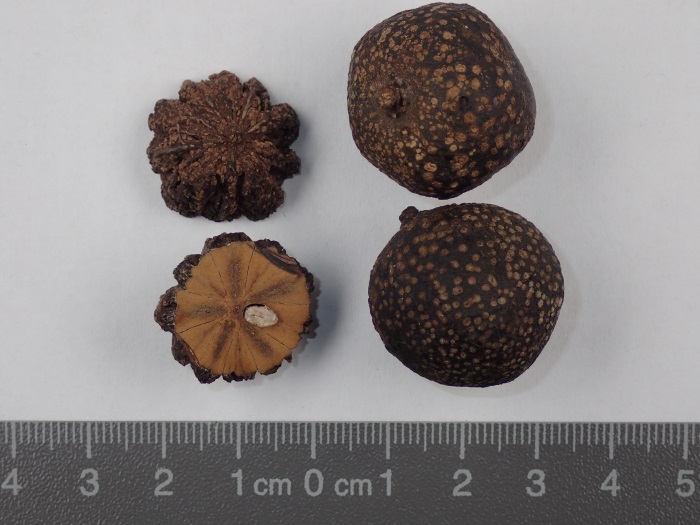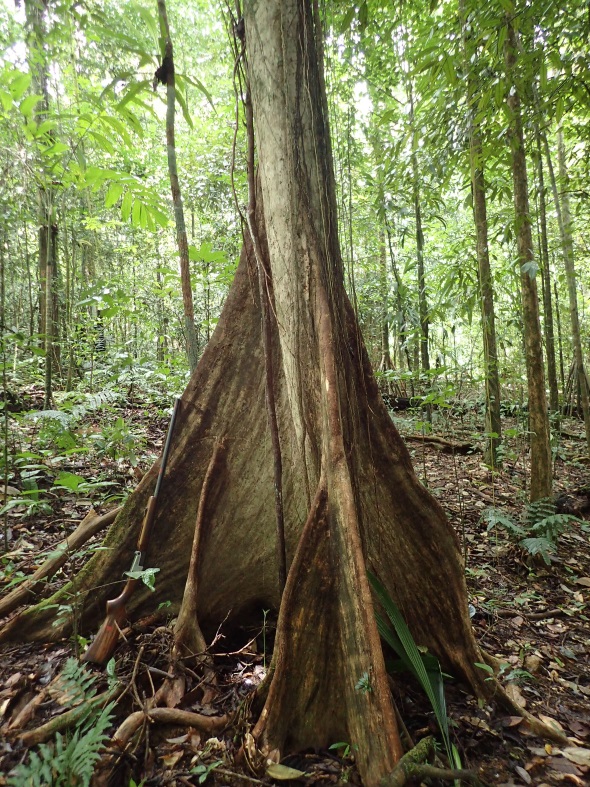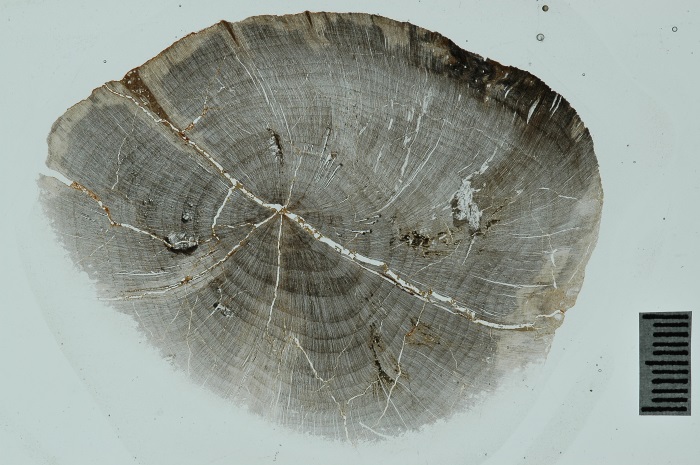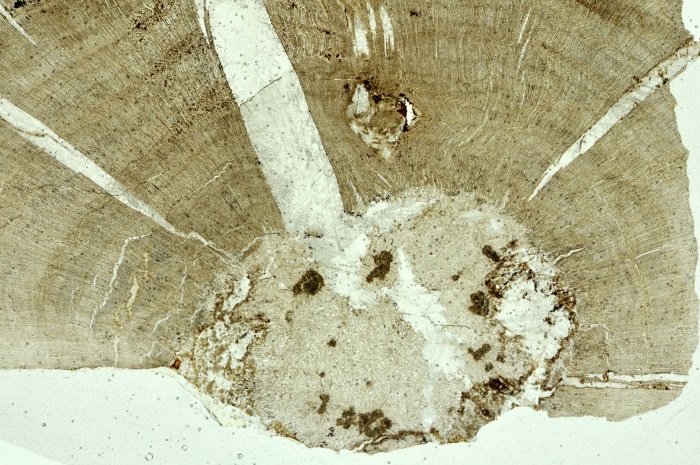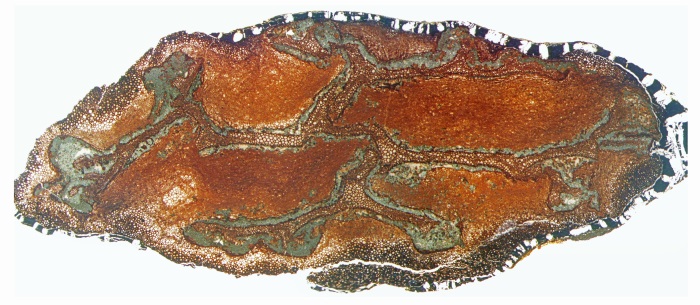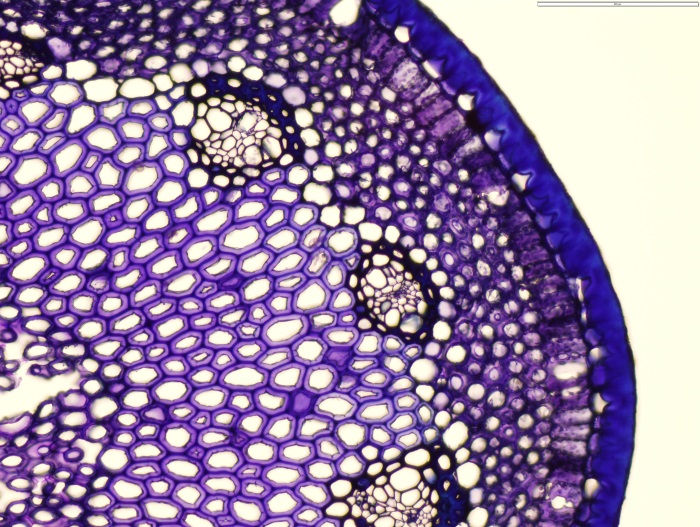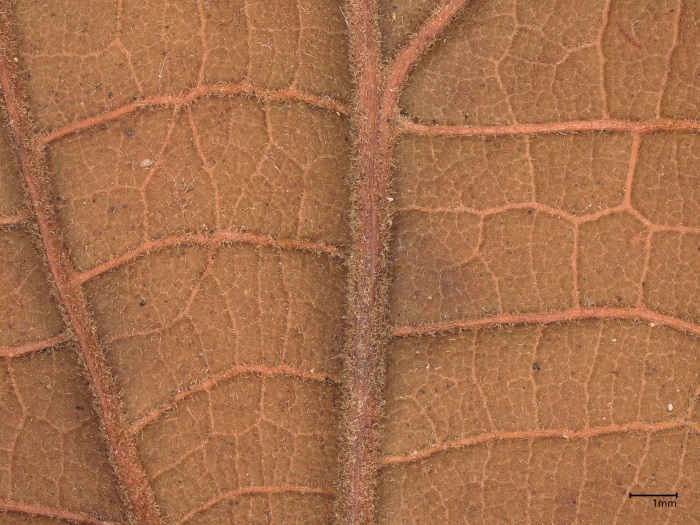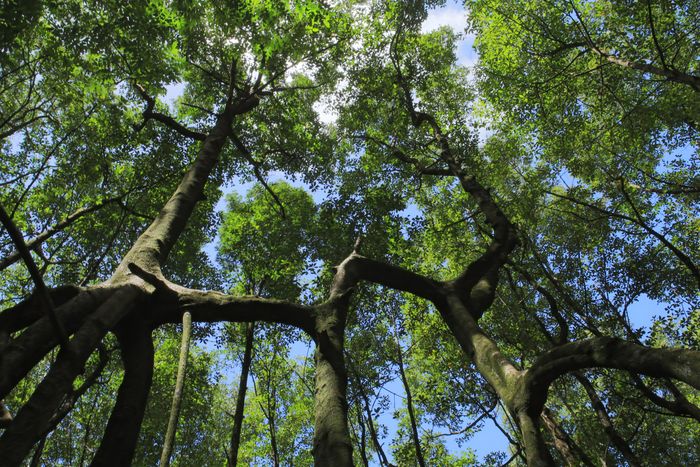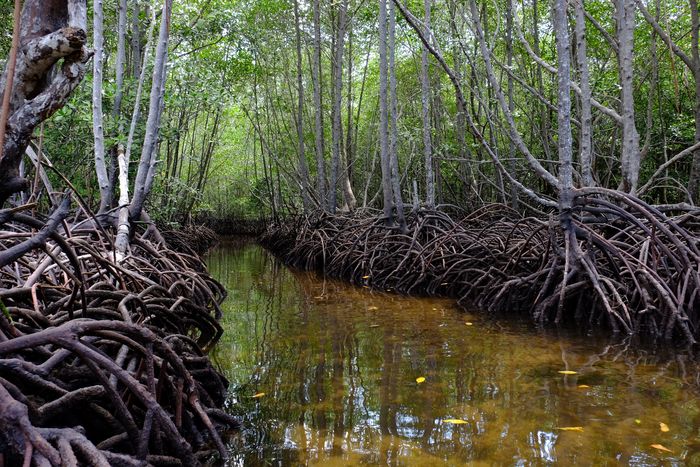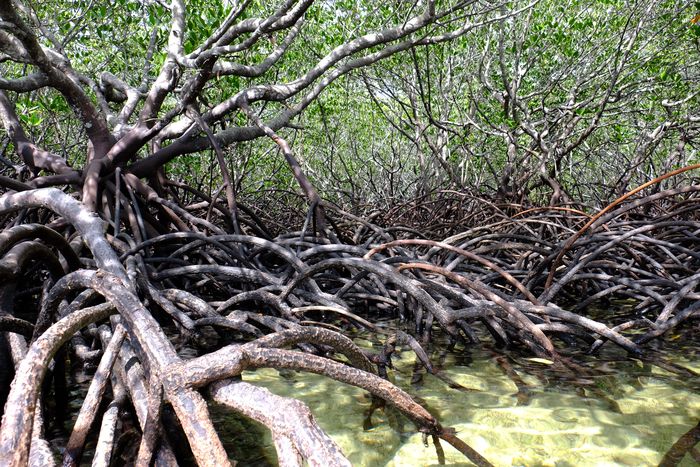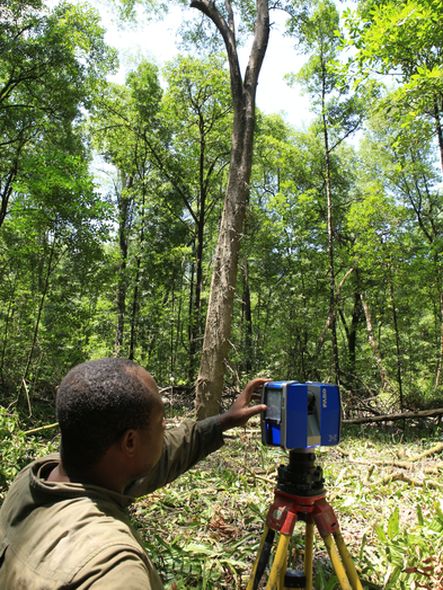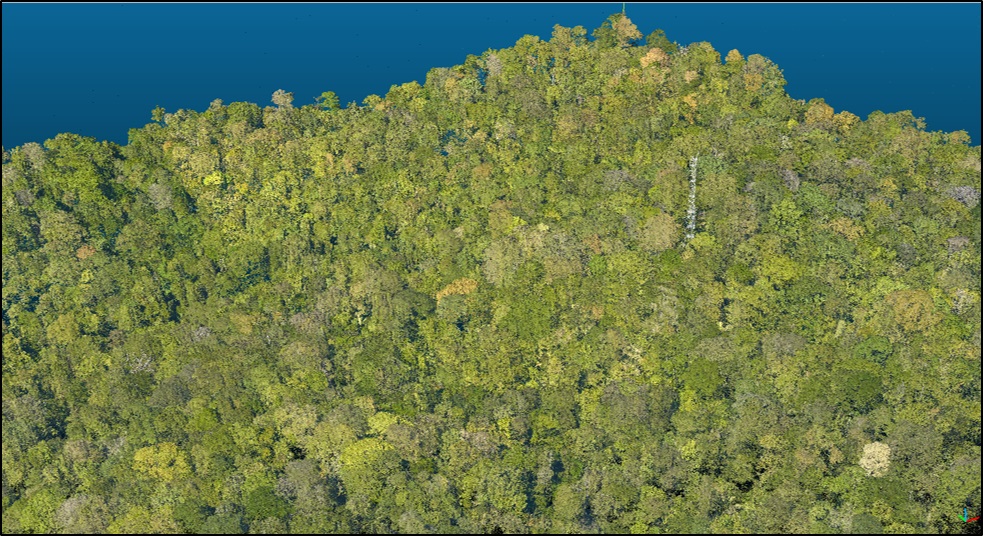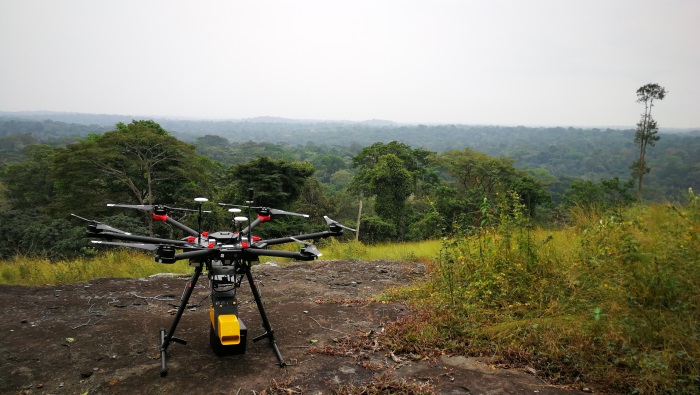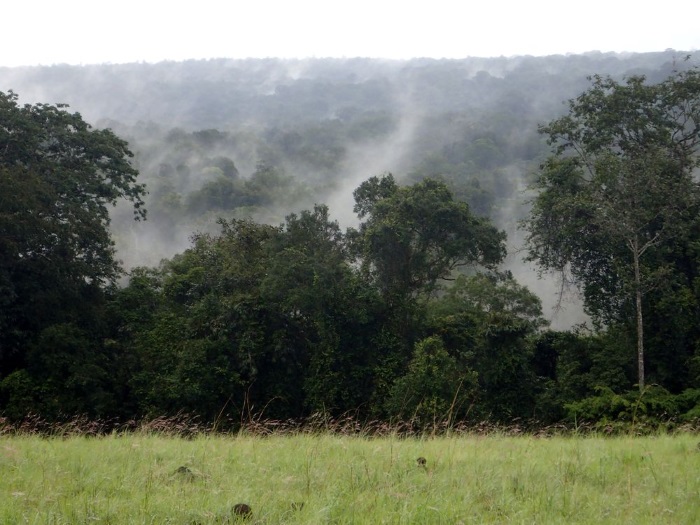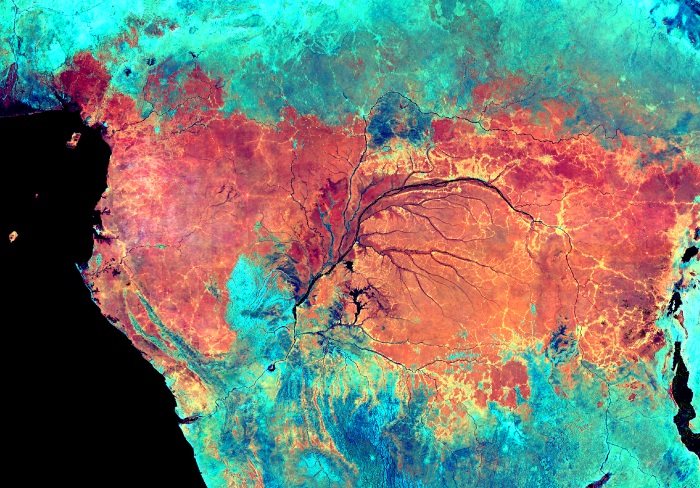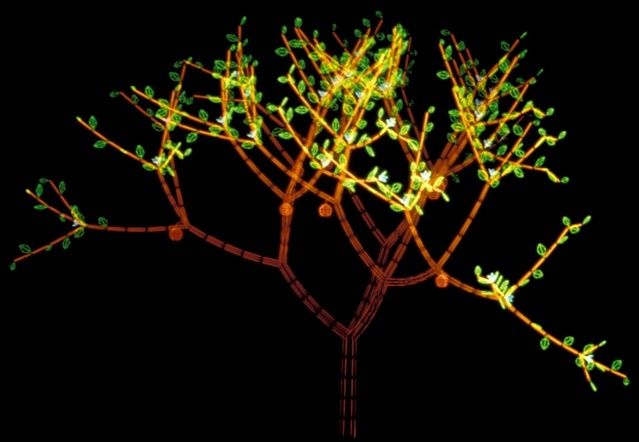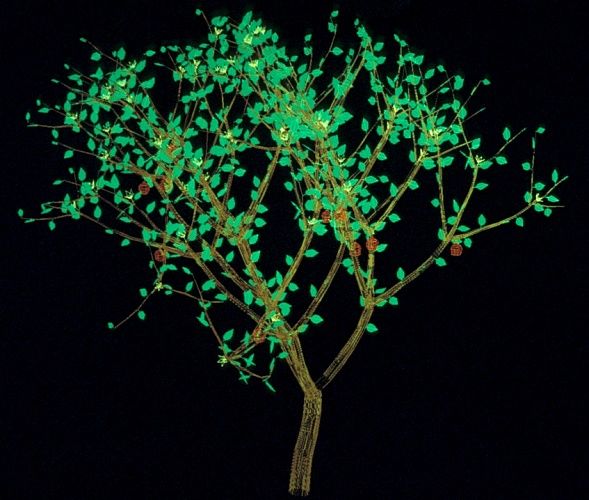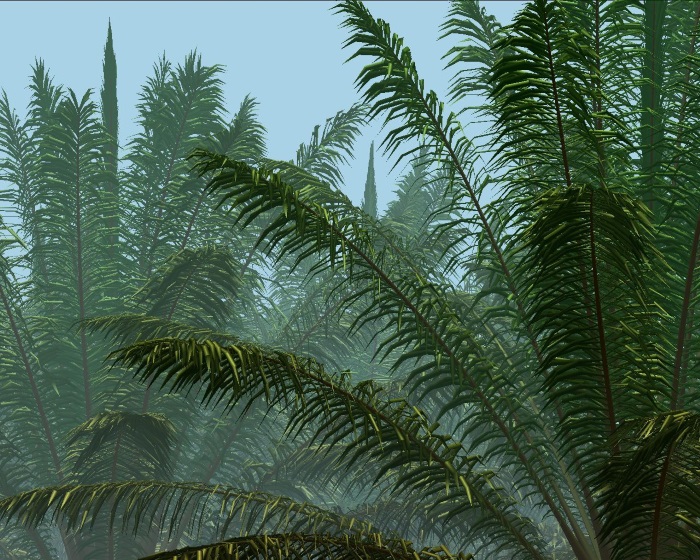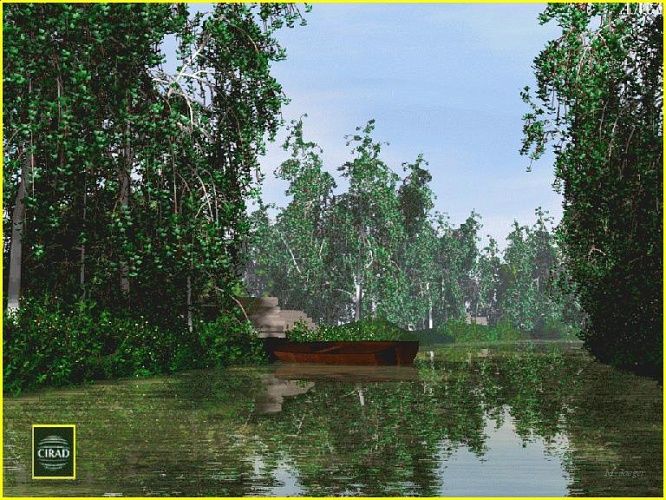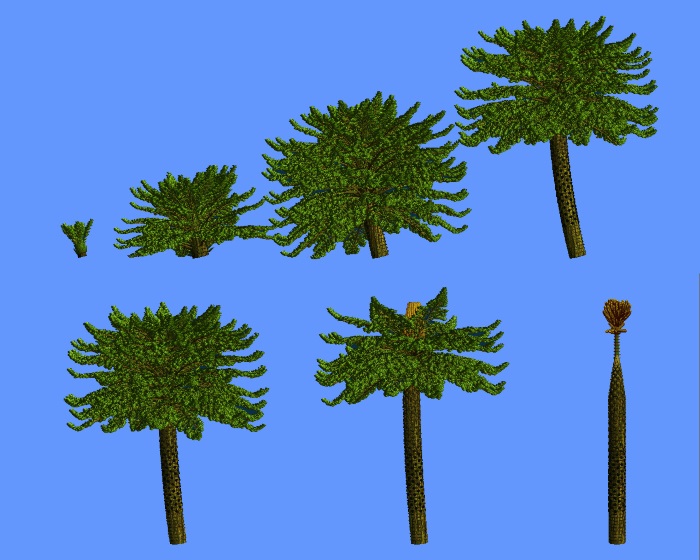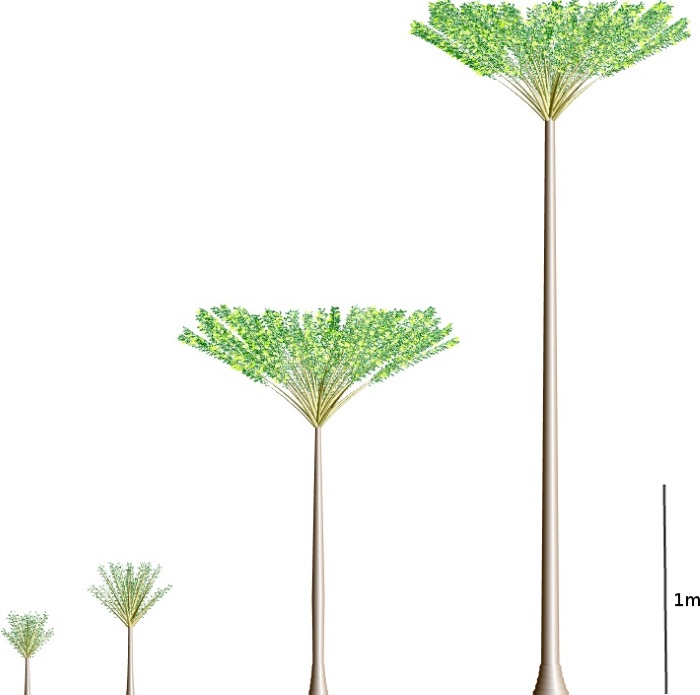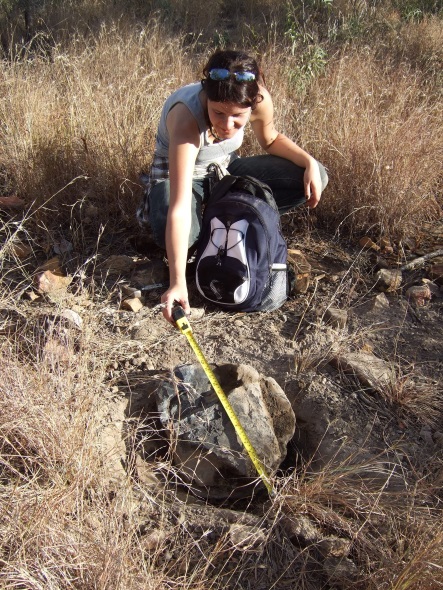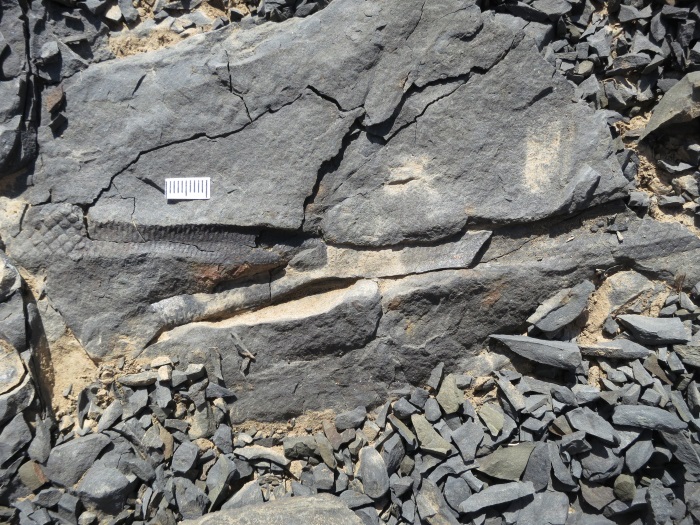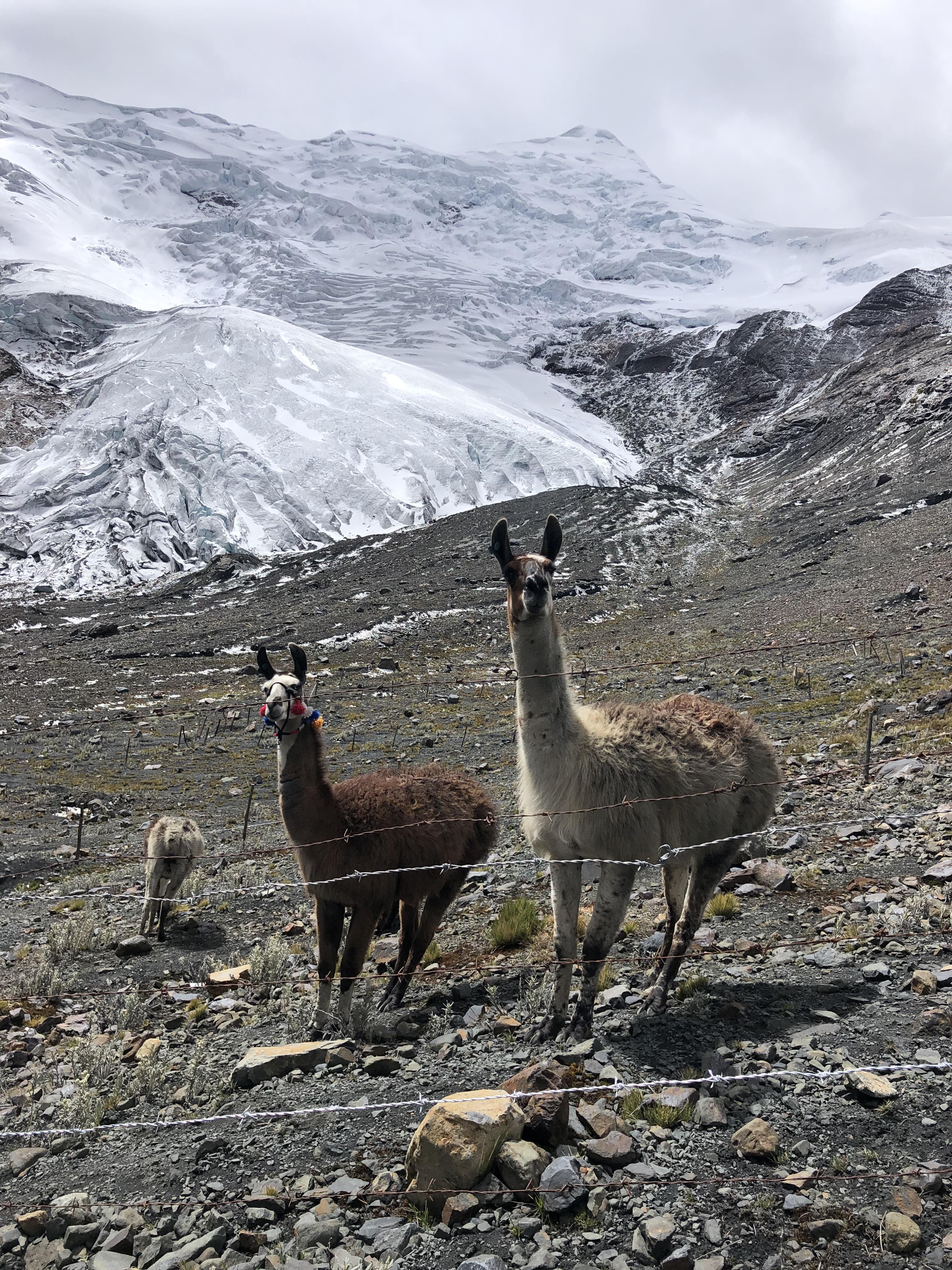Biodiversity: Systematics, Biogeography, Ecology
Head: Fabien ANTHELME (IRD)
Challenges
In a world massively altered by the human species, 40% of the plant species that have been assessed are threatened with extinction (IUCN Red List of Threatened Species, version 2020-3). A scientific priority is to characterise, understand and protect current and past biodiversity before it disappears.
Objectives
To understand the processes underlying past, present and future plant diversity under the influence of global changes.
main topics of interest
- Origin of species and biodiversity
- Past, present and future dynamics of biodiversity
- Management and preservation of biodiversity
Approach
The object of study is plant biodiversity in its taxonomic, morphological and functional aspects. It is analysed in the past, present and future along anthropogenic and natural ecological gradients. This combination of scales makes it possible to understand phylogenetic diversity according to evolutionary, macro-ecological and biogeographic hypotheses (SYSTE research topic). Biodiversity characterization benefits from AMAP's involvement in the management and the valorisation of collections, as well as observation systems such as the Nouméa, Cayenne and Montpellier herbaria and the Pl@ntNet platform of participatory botany for image recognition of plants. This platform is a powerful tool for collecting biodiversity data by the civil society. It is also an important connection between the Biodiversity and Digital Plants lines of research. The study of interactions between plant and animal species is approached under the hypothesis that biotic interactions have a significant influence, and maybe still underestimated, on the distribution of biodiversity (INTERACTIONS research topic). Approaches related to functional biodiversity and architectural biodiversity are also promoted; they improve the connection taxonomy between ecosystem functioning, thus giving a better representativeness to the biodiversity responses to changes (DyAFor research topic). As such, they are a bridge between the Biodiversity and the Biomass lines of research, particularly around tropical forest tree communities.
Expected results
To provide decision-makers and managers, as well as the general public with: (i) basic knowledge about species; (ii) reliable tools and methods for characterising the plant diversity at different levels of observation (evolutionary lineages, plant communities); (iii) predictive models of the spatio-temporal dynamics of this diversity, particularly in response to global changes. Through the projects it is developing in hotspots of global diversity such as New Caledonia, the tropical Andes, the Mediterranean basin and tropical forests, AMAP contributes to the assessment and definition of conservation objectives for global organisations (IUCN, IPBES).




